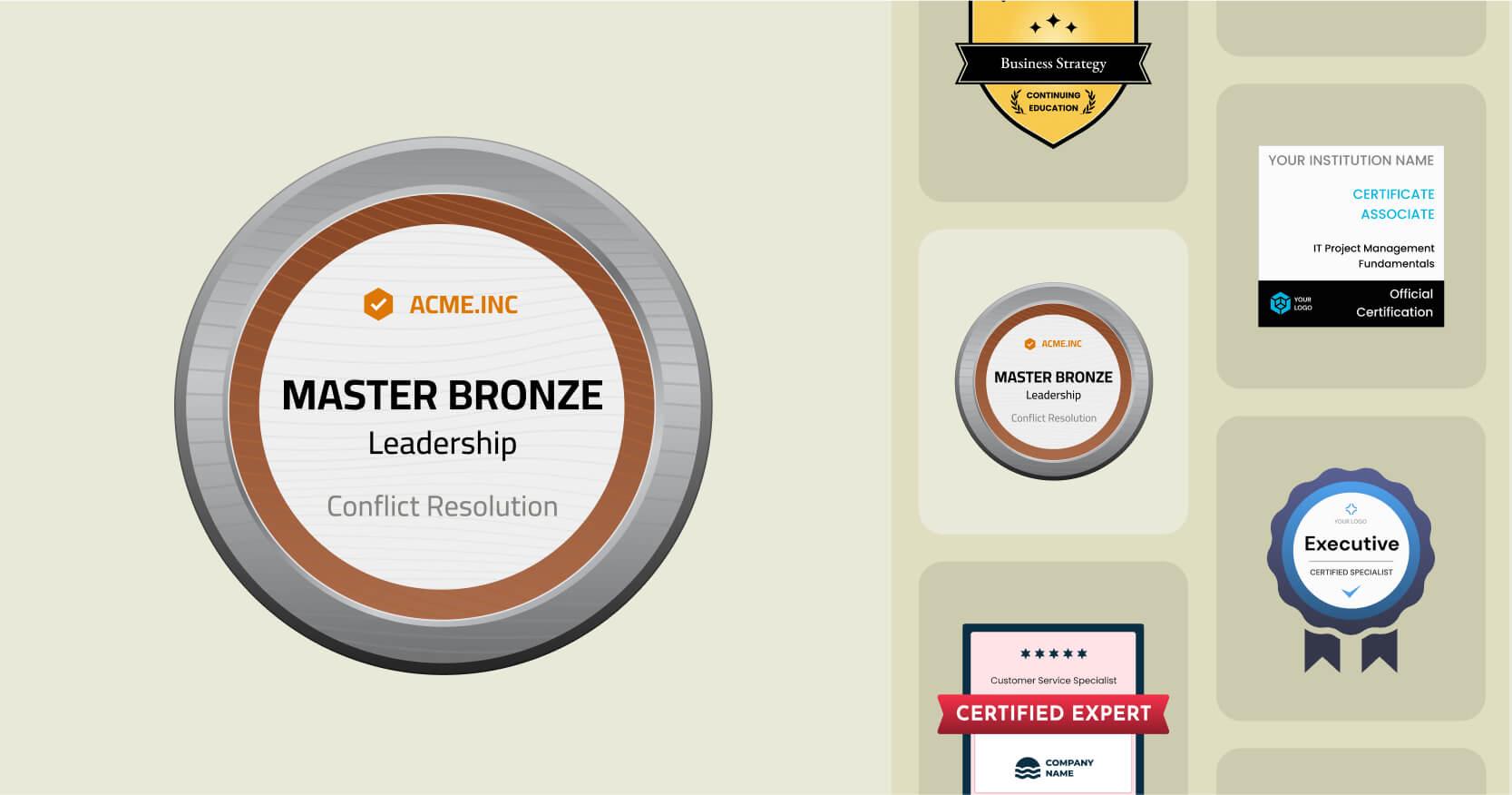Digital Badges: How They’re Revolutionising Skill Recognition and Achievement
In a rapidly evolving digital world,conventional paper certificates and degrees are quickly giving way to more dynamic,accessible,and verifiable methods of showcasing skills and achievements. Digital badges have emerged as the leading solution, empowering individuals, educators, and employers to recognize and celebrate skills in a obvious, portable, and meaningful way.
What Are Digital Badges?
Digital badges are visual, web-enabled representations of an individual’s achievements, competencies, or skills. Each badge carries rich metadata, such as:
- The issuer of the badge
- Criteria for earning the badge
- Evidence of achievement
- expiration or renewal requirements
These digital credentials can be shared across social media, professional networks like linkedin, email signatures, and personal websites, making accomplishments verifiable and transparent for all to see.
Why Digital Badges Are Revolutionising Skill Recognition
The adoption of digital badges is shaping the future of skill recognition and achievement for several key reasons:
- Verifiability and Trust: Unlike traditional certificates, digital badges are embedded with information that can be verified instantly, reducing cases of credential fraud.
- Portability: Badges can be shared online, allowing learners and professionals to display their skills wherever opportunities arise.
- Granularity: They enable recognition of both formal and informal learning, including micro-credentials and specific skills that aren’t captured by degrees.
- Motivation and Engagement: The ability to earn badges for completing courses, projects, or training motivates continuous learning and personal development.
The Benefits of Digital Badges for Learners, Educators, and Employers
For Learners
- Showcase Skills: demonstrate both technical and soft skills to prospective employers or collaborators.
- Personalised pathways: Chart unique learning journeys through stackable credentials.
- Track Achievements: Maintain a lifelong digital portfolio documenting growth.
For Educators & Training Providers
- Modern Assessment: Assess and certify students for competencies gained across diverse platforms (e.g., online courses, workshops, internships).
- Increased Engagement: Improve motivation and course completion by using badges as incentives.
- Data Insights: Track and analyze knowledge gaps and learning successes.
For Employers
- Streamlined Recruitment: Quickly validate candidates’ skills beyond academic qualifications.
- Professional Development: Offer pathways for staff upskilling and recognition of in-house training.
- Build Trust: Gather verifiable evidence for compliance or accreditation standards.
How Digital Badge Systems Work
Most digital badge solutions use open standards like Open badges (developed by the Mozilla Foundation) so credentials are interoperable and portable. A typical digital badge workflow includes:
- Achievement: Complete a course, training, or project defined by a badge-issuing organisation.
- Issuance: Receive a digital badge embedded with all relevant metadata.
- Sharing: Add badges to LinkedIn profiles, resumes, websites, and share them via social media.
- Verification: Viewers can click on a badge to see evidence of achievement, criteria met, and the issuing authority.
Popular Digital badge Platforms
- Credly
- Badgr (now part of InstructureS Canvas LMS)
- Open Badge Factory
- Accredible
Real-World Case studies: Digital Badges in Action
1. IBM’s Digital Badge Program
Tech giant IBM launched a digital badge program to reward employees and learners for mastering technologies such as AI, blockchain, or cloud computing. As of today,IBM has issued millions of digital badges,substantially accelerating career growth and making upskilling transparent and accessible worldwide.
2. Mozilla & the Open Badges Initiative
The Mozilla Foundation pioneered the concept of open digital badges, allowing any organisation to issue badges that individuals can combine into rich digital portfolios. Now supported by IMS Global Learning Consortium, this open standard is adopted by thousands of educational institutions, including MIT and the City & Guilds in the UK.
3. University and Corporate Training Integration
Universities like the Open University integrate digital badges in online and blended learning programmes, boosting lifetime learning engagement. Similarly, Fortune 500 companies use badges to validate employee skills through in-house training, drastically reducing time-to-hire and skill gaps.
Tips for Implementing Digital Badges Successfully
-
define Clear Criteria:
Establish meaningful,objective standards for badge issuance so the badge’s value is well understood.
-
Choose Interoperable Platforms:
Pick platforms supporting open standards for maximum portability and stakeholder acceptance.
-
Align with Professional Goals:
Connect badges to career pathways, industry needs, and organisational values for continued relevance.
-
Encourage Badge Sharing:
Prompt badge earners to showcase their achievements on LinkedIn and other professional networks for maximum exposure.
-
Collect Feedback & Iterate:
Continuously monitor badge value and effectiveness, adapting to emerging skills and workforce requirements.
First-Hand Experiences: Voices from the Field
“After adding IBM’s digital badges to my LinkedIn and CV, I saw a dramatic surge in recruiter engagement. They’re more interested in my proven cloud skills than just my university degree!”
– Priya Singh, Software Developer
“Introducing open digital badges for our online courses quadrupled course completion rates. Students feel genuinely rewarded and motivated to continue learning.”
– Dr. mark Evans,E-learning Coordinator
The future of Skill Recognition: Micro-Credentials & Lifelong Learning
Digital badges are paving the way for the mainstream adoption of micro-credentials,were individuals accumulate a series of smaller,verifiable achievements throughout their career. This modular approach to education and professional development fosters lifelong learning and rapid adaptation to changing industries.
As more professional fields recognise and value digital badges – from education, technology, and healthcare to manufacturing and business administration – the global workforce will benefit from increased mobility, authenticity, and empowerment.
Conclusion
Digital badges are much more than flashy icons; they are powerful tools revolutionising skill recognition and achievement. By making skills visible, verifiable, and shareable, digital badges foster a culture of continuous learning and professional empowerment. Whether you’re a learner eager to showcase your abilities, an educator seeking innovative assessment, or an employer aiming for smarter hiring, digital badges offer a scalable and forward-thinking credentialing solution.
Are you ready to embrace the future of skill recognition? Start exploring digital badges today,and let your achievements shine across the digital world.

